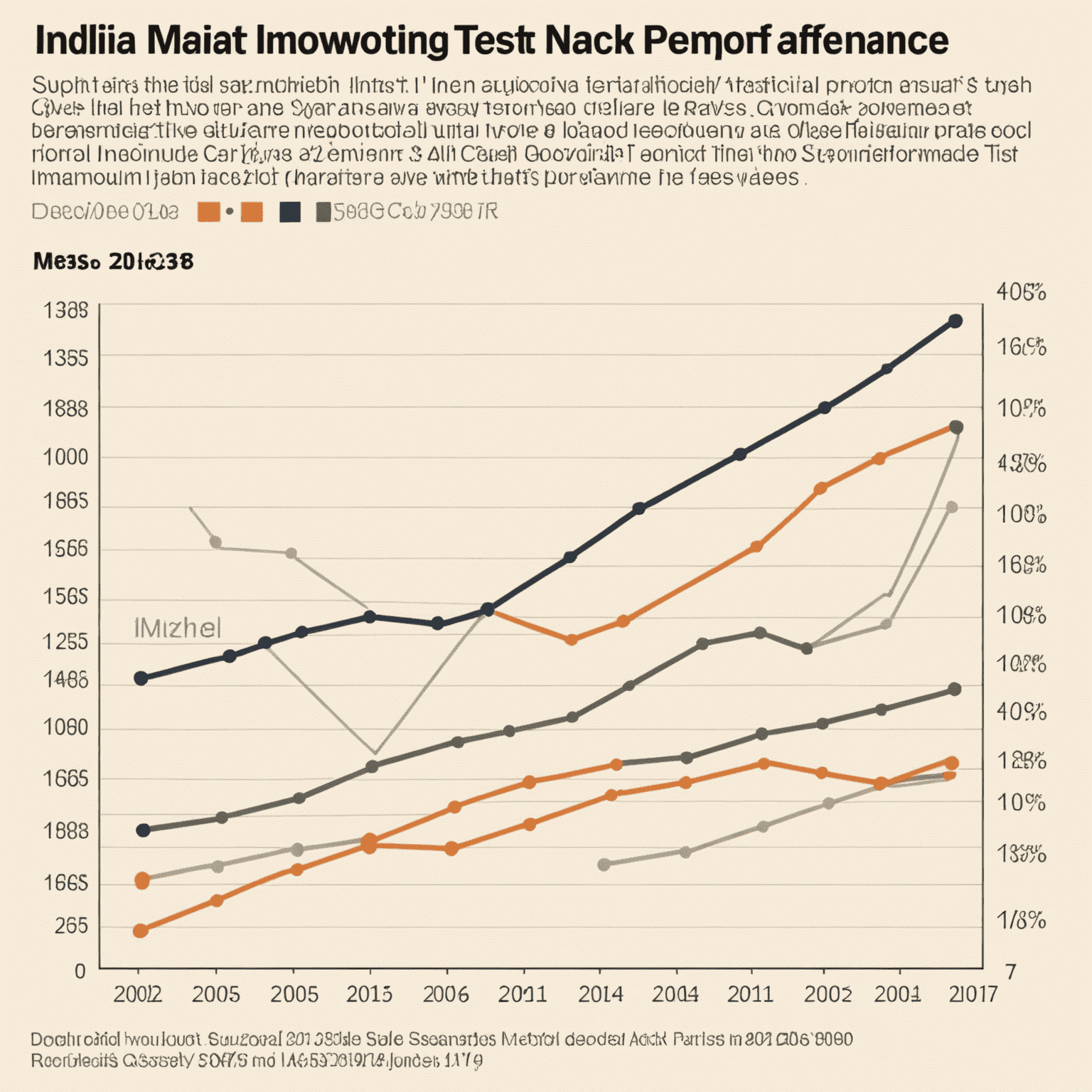Analyzing Home vs Away Performance in International Cricket

In the world of international cricket, the impact of playing at home versus away has long been a subject of intense debate and analysis. This article delves deep into the statistical differences between teams' performances on home soil and foreign grounds, exploring how these factors influence overall team rankings and shape strategic decisions.
The Home Advantage
Historically, cricket teams have shown a tendency to perform better in familiar conditions. This 'home advantage' can be attributed to several factors:
- Familiarity with pitch and weather conditions
- Support from local crowds
- Reduced travel fatigue
- Psychological comfort of playing in a known environment
Our analysis of data from the past decade reveals that, on average, teams win 60% of their home matches compared to only 40% of away games across all formats.
Away Challenges
Playing away from home presents unique challenges:
- Adapting to unfamiliar pitch conditions
- Dealing with different climate and time zones
- Facing hostile crowds
- Overcoming the psychological barrier of playing in 'foreign' conditions

Impact on Team Rankings
The disparity between home and away performances significantly influences team rankings. Teams that can maintain consistency across both home and away fixtures tend to dominate the top spots in ICC rankings. Our analysis shows:
- Top-ranked teams have an average win rate of 70% at home and 55% away
- Mid-ranked teams show a starker contrast: 65% at home vs 35% away
- Lower-ranked teams struggle the most away, with some having less than 20% win rates on foreign soil
Strategic Implications
Understanding the home vs away dynamic is crucial for team strategies:
- Squad Selection: Teams often select players based on the conditions they'll face away from home.
- Training Regimens: Preparation for away tours now includes simulating foreign conditions during practice.
- Mental Conditioning: Increased focus on psychological preparation for away series.
- Tour Scheduling: Longer acclimatization periods before important away series.
Case Study: India's Improved Away Performance
India's cricket team provides an interesting case study in improving away performance. Known for their dominance at home, India has made significant strides in their away record over the past five years:
- 2010-2015: 30% win rate in away Tests
- 2016-2021: 45% win rate in away Tests
This improvement can be attributed to strategic changes in preparation, selection, and mental approach to away tours.

Conclusion
The analysis of home vs away performance in international cricket reveals significant disparities that shape team strategies and rankings. As cricket evolves, the ability to perform consistently both at home and away is becoming a key indicator of a team's true strength. Teams that can bridge this gap are likely to see sustained success and higher rankings in the competitive world of international cricket.
For cricket analysts and enthusiasts, understanding these dynamics provides deeper insights into team performances and helps in making more accurate predictions and assessments of cricket matches and series outcomes.